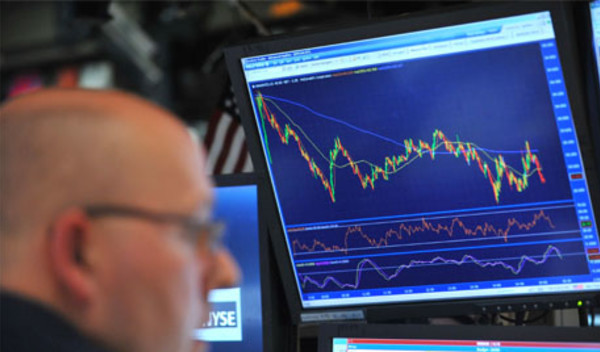

Gross domestic product is estimated to have increased by 0.7 per cent in the second quarter, according to the latest Office for National Statistics figures, taking the annual growth to 2.6 per cent.
A pick-up in the services sector and a surge in oil and gas production helped the economy back to a level of economic output per head broadly level with the peak reached in the first quarter of 2008, prior to the credit crisis in the autumn of that year.
FTAdviser has rounded up some more expert commentary to get a fuller picture of what today’s figures mean:
Scott Corfe, head of macroeconomics at the Centre for Economics and Business Research.
The independent economic forecaster believes the UK economy is on track for a solid performance this year, with annual GDP rising slightly higher than that predicted by the Office for Budget Responsibility.
“As with last year, the economy is likely to end up performing faster than the chancellor expected in March and we may well get some upward revisions to the current growth figures for this year,” stated Mr Corfe.
Challenges to the economy are further afield, with growth in consumer spending expected to decelerate next year once the current period of ‘noflation’ comes to an end, while job creation is also likely to slow going forward, Mr Corfe added.
He said that the current trajectory for growth leaves the UK on course to tighten monetary policy in early 2016 - with the first Bank of England rate rise in early 2016, as Bank of England governor warned earlier this month.
“Critically, with some slower growth expected beyond this year, the pace of tightening will be very gradual.”
Vicky Redwood, chief UK economist at Capital Economics.
The think tank flagged up that while the services sector drove the rise in GDP, construction output was flat and manufacturing output fell.
“But at least it looks as though productivity growth is continuing to pick up. With both employment and total hours worked falling in the three months to May, output per worker and hour worked in Q2 could have risen by almost 1 per cent quarter on quarter.”
One of the three main factors Bank of England governor Mark Carney recently said would determine the pace of monetary tightening was whether GDP was expanding by enough to use up any remaining slack.
“So on the face of it, this GDP figure could bring a rate rise a bit closer. However, we still think that there is more spare capacity in the economy than the MPC thinks – meaning that growth can be strong without triggering Mr Carney’s other two conditions, namely stronger growth of unit wage costs and a rise in core inflation.”
Ms Redwood added that accordingly, although today’s data may give some ammunition to the more hawkish elements of the committee, a rate rise is still likely to be next year.
Azad Zangana, senior European economist at Schroders.
The economist added that the latest GDP figures suggest that the economy is “performing strongly” and should continue to create more jobs, putting upward pressure on wages.
“We forecast the pace of growth to remain similar until the turn of the year, before austerity starts to slow activity.”
He added that with external concerns such as Greece subsiding, the MPC will be seriously considering whether it is time to start raising interest rates.
“We expect the Bank to hold fire until early next year, as inflation is currently too low.
“However, once the bank starts to hike rates, we expect them to move at a faster pace than markets are currently pricing, which may put further upward pressure on sterling, and potentially have a negative impact on UK equities, given the importance of overseas earnings.”
peter.walker@ft.com



